Home>Storage & Organization>Kitchen Organizing Tools>How Long Can A Cat Go Without A Litter Box?
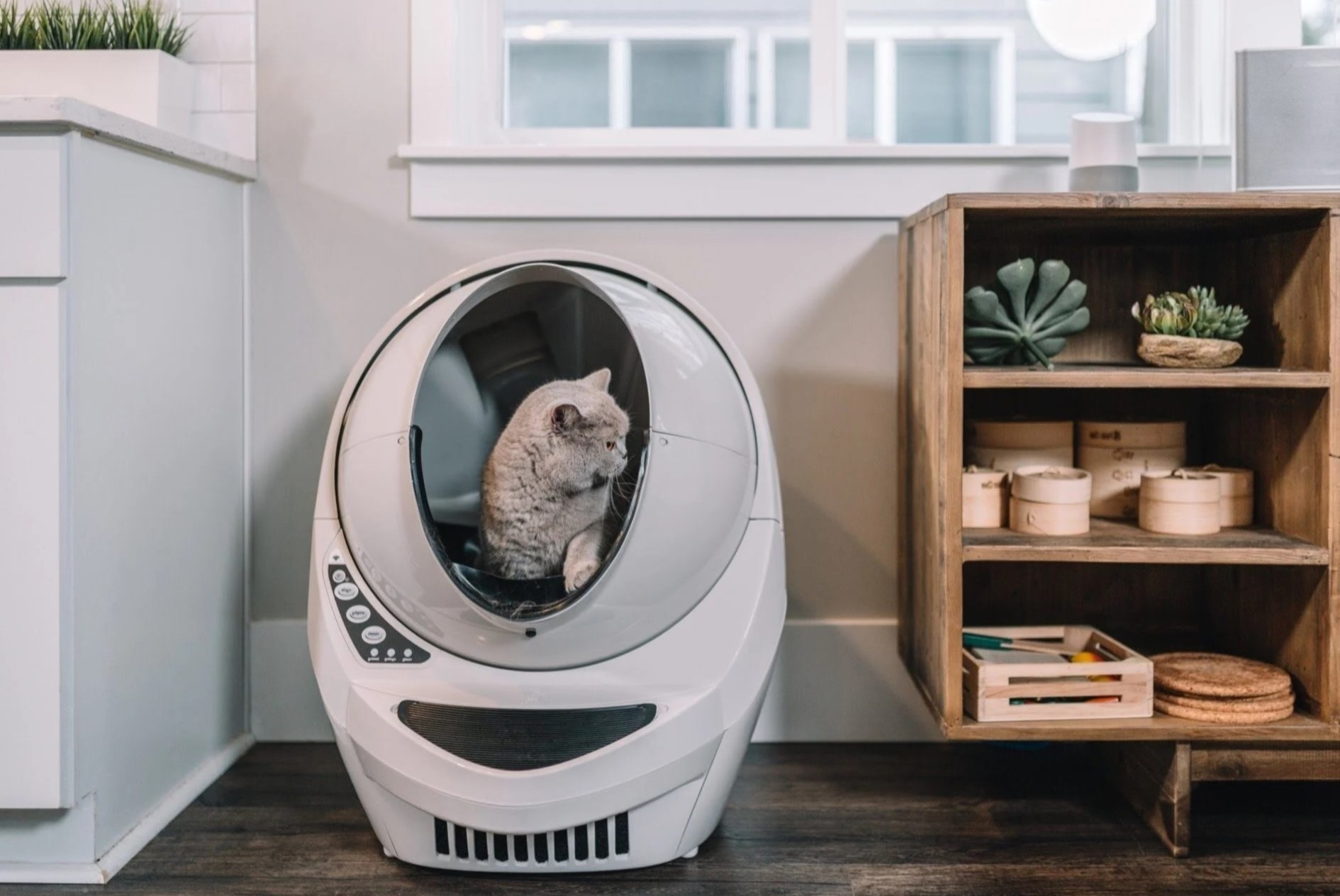

Kitchen Organizing Tools
How Long Can A Cat Go Without A Litter Box?
Modified: March 2, 2024
Discover the best kitchen organizing tools to keep your space tidy and efficient. Find the perfect solutions for your kitchen today!
(Many of the links in this article redirect to a specific reviewed product. Your purchase of these products through affiliate links helps to generate commission for Storables.com, at no extra cost. Learn more)
Introduction
When it comes to our feline friends, understanding their bathroom needs is crucial for maintaining a harmonious living environment. Cats are known for their independent nature, but they rely on their human companions to provide essential resources, including a litter box. As a responsible pet owner, it's important to be aware of how long a cat can go without access to a litter box and the factors that influence their bathroom habits.
In this comprehensive guide, we will delve into the intricate world of feline bathroom behavior, shedding light on the various factors that can impact how long a cat can go without a litter box. By gaining a deeper understanding of your cat's needs and behaviors, you can ensure that they are well-catered for in your home.
Understanding a cat's bathroom needs is not only beneficial for the cat's well-being but also for maintaining a clean and odor-free living space. By addressing these needs proactively, you can foster a positive and stress-free environment for both you and your beloved feline companion.
Throughout this article, we will explore the signs that indicate when a cat needs access to a litter box, as well as practical tips for managing their bathroom needs effectively. Whether you're a seasoned cat owner or considering adopting a feline friend, this guide will equip you with valuable insights to ensure that your cat's bathroom requirements are met with care and understanding.
Join us on this enlightening journey into the world of feline bathroom behavior, where we will unravel the mysteries surrounding how long a cat can go without a litter box and empower you to provide the best possible care for your cherished pet.
Key Takeaways:
- Cats need a clean and accessible litter box to feel comfortable and maintain healthy bathroom habits. Understanding their preferences and providing a suitable environment is crucial for their well-being.
- Recognizing signs of discomfort and addressing stress-related issues are essential for ensuring that cats have timely access to a litter box. Proactive care promotes a harmonious living environment for both cats and their human family.
Understanding a Cat's Bathroom Needs
Understanding a cat's bathroom needs is essential for ensuring their overall well-being and happiness. Cats are inherently clean animals with specific instincts and preferences when it comes to their bathroom habits. As obligate carnivores, their diet influences their urinary habits, making it crucial to comprehend their unique needs.
Cats have a natural inclination to bury their waste, a behavior rooted in their wild ancestry. This instinct serves as a survival mechanism, allowing them to conceal their presence from potential predators. Therefore, providing a suitable litter box that mimics the texture of natural substrates, such as sand or soil, is vital for accommodating their innate instincts.
Furthermore, the location of the litter box plays a pivotal role in meeting a cat's bathroom needs. Cats prefer a quiet and easily accessible area for their litter box, away from high-traffic zones and noisy appliances. This privacy and seclusion provide them with a sense of security while attending to their bathroom requirements.
Additionally, maintaining a clean litter box is paramount for a cat's well-being. Cats are fastidious creatures and may refuse to use a soiled or odorous litter box. Regular scooping and thorough cleaning of the litter box not only promote good hygiene but also ensure that the cat feels comfortable and at ease when using it.
Understanding a cat's bathroom needs also involves recognizing the significance of providing multiple litter boxes in multi-cat households. Cats are territorial animals, and having access to their own designated litter box can prevent potential conflicts and reduce stress-related bathroom issues.
Moreover, the type of litter used in the litter box can significantly impact a cat's bathroom behavior. Cats may have preferences for certain textures or scents, and being attuned to their individual preferences can contribute to a positive bathroom experience for them.
By comprehensively understanding a cat's bathroom needs, cat owners can create an environment that supports their natural instincts and promotes healthy bathroom habits. This understanding fosters a harmonious relationship between cats and their human companions, ensuring that their bathroom needs are met with care and consideration.
Factors Affecting How Long a Cat Can Go Without a Litter Box
Several factors influence how long a cat can go without access to a litter box, impacting their bathroom habits and overall well-being. Understanding these factors is crucial for cat owners to provide appropriate care and support for their feline companions.
-
Urinary Health: A cat's urinary health is a significant factor in determining how long they can go without a litter box. Cats are prone to urinary issues, and the absence of a litter box may exacerbate these conditions. Urinary tract infections, blockages, or other urinary disorders can cause discomfort and urgency, making regular access to a litter box essential for their health.
-
Stress and Anxiety: Cats are sensitive to changes in their environment, and stress or anxiety can profoundly impact their bathroom habits. The unavailability of a litter box can induce stress, leading to behavioral issues such as inappropriate elimination. Factors such as moving to a new home, the introduction of a new pet, or changes in routine can trigger stress-related bathroom problems.
-
Age and Mobility: Older cats or those with mobility issues may require more frequent access to a litter box. Arthritis or other age-related conditions can affect a cat's ability to reach a distant or inaccessible litter box. Ensuring easy access to a litter box is crucial for senior cats to prevent accidents and discomfort.
-
Litter Box Preferences: Cats have individual preferences when it comes to their litter boxes. The type of litter, box size, and cleanliness can significantly impact their willingness to use it. If a cat's preferred litter box is unavailable, they may hold their urine or seek alternative locations to relieve themselves.
-
Medical Conditions: Cats with medical conditions such as diabetes or kidney disease may have increased urinary frequency and urgency. In such cases, the availability of a litter box is vital to accommodate their specific needs and prevent potential health complications.
-
Environmental Factors: Environmental elements, such as temperature and humidity, can influence a cat's bathroom habits. Extreme temperatures or uncomfortable surroundings may prompt a cat to seek out a litter box more frequently for relief.
Understanding these factors empowers cat owners to proactively address their cat's bathroom needs, ensuring that they have access to a litter box when necessary. By considering these influences, cat owners can create a supportive environment that promotes healthy bathroom habits and overall well-being for their feline companions.
Cats should not go without a litter box for more than 24 hours. It’s important to clean the litter box regularly to prevent health issues and encourage good litter box habits.
Signs That Your Cat Needs a Litter Box
Recognizing the signs that indicate when a cat needs access to a litter box is crucial for maintaining their well-being and addressing their bathroom needs promptly. Cats communicate their discomfort or urgency through various behavioral and physical cues, providing valuable insights for attentive cat owners. By being attuned to these signs, cat owners can ensure that their feline companions have timely access to a litter box, promoting a harmonious living environment for both the cat and their human family.
-
Frequent Visits to the Litter Box: If you notice your cat making frequent trips to the area where the litter box is located, it could be a clear indication that they are in need of using it. Cats typically have a consistent bathroom routine, and any deviation from their usual behavior warrants attention.
-
Restlessness or Vocalization: Restlessness or excessive vocalization, such as meowing or crying, can be a sign that your cat is experiencing discomfort or urgency related to their bathroom needs. Paying attention to changes in their vocal behavior can provide valuable insights into their need for a litter box.
-
Prolonged Scratching or Digging: Cats often exhibit scratching or digging behavior before and after using the litter box. If you observe prolonged or repeated scratching without actual elimination, it may indicate that your cat is attempting to signal their need for a clean and accessible litter box.
-
Inappropriate Elimination: In cases where a cat is unable to access a litter box, they may resort to inappropriate elimination, such as urinating or defecating outside the designated area. This behavior serves as a clear indication that the cat requires immediate access to a litter box.
-
Physical Discomfort: Cats experiencing physical discomfort, such as straining in the litter box or exhibiting signs of distress while attempting to urinate or defecate, may urgently require access to a litter box. Monitoring their physical well-being is essential in addressing their bathroom needs effectively.
-
Sudden Changes in Bathroom Habits: Any sudden changes in a cat's bathroom habits, such as increased frequency or urgency, should be regarded as potential indicators of their need for a litter box. Cats are creatures of habit, and deviations from their established routines warrant attention and proactive intervention.
By recognizing these signs and promptly addressing their cat's need for a litter box, cat owners can ensure that their feline companions are comfortable, content, and able to maintain healthy bathroom habits. This proactive approach fosters a supportive and nurturing environment, promoting the well-being of both the cat and their human family.
Tips for Managing Your Cat's Bathroom Needs
Managing your cat's bathroom needs effectively is essential for fostering a healthy and harmonious environment for both your feline companion and your household. By implementing the following tips, you can ensure that your cat's bathroom requirements are met with care and consideration, promoting their well-being and overall happiness.
-
Provide Multiple Litter Boxes: In multi-cat households, it's crucial to offer multiple litter boxes to prevent territorial conflicts and accommodate each cat's individual preferences. The general rule is to have one litter box per cat, plus an additional box to ensure accessibility and reduce the likelihood of bathroom-related stress.
-
Choose the Right Litter: Cats have distinct preferences when it comes to litter texture and scent. Experiment with different types of litter to identify your cat's preferences, whether it's clumping, non-clumping, scented, or unscented. Once you've determined their preferred litter, maintain consistency to promote their comfort and willingness to use the litter box.
-
Regular Cleaning and Maintenance: Maintaining a clean litter box is paramount for encouraging your cat to use it consistently. Scoop the litter box at least once a day and perform a complete litter change as needed. Additionally, ensure that the litter box is placed in a quiet and accessible location, away from noisy appliances or high-traffic areas.
-
Monitor Urinary Health: Keep a close eye on your cat's urinary habits and promptly address any signs of discomfort or irregularity. If you notice changes in their urination frequency, posture, or vocalization during elimination, consult with a veterinarian to rule out potential urinary issues and ensure their overall well-being.
-
Environmental Enrichment: Enriching your cat's environment with stimulating activities and resources can alleviate stress and promote healthy bathroom habits. Provide interactive toys, scratching posts, and cozy resting areas to create a stimulating and stress-free environment, reducing the likelihood of stress-related bathroom issues.
-
Address Stress and Anxiety: If your cat exhibits signs of stress or anxiety, such as avoiding the litter box or displaying changes in behavior, identify and address the underlying stressors. Implement calming techniques, such as pheromone diffusers or creating a peaceful sanctuary for your cat to retreat to when they need privacy and relaxation.
-
Regular Veterinary Check-ups: Schedule routine veterinary check-ups to monitor your cat's overall health, including their urinary and bathroom habits. Regular examinations and preventive care can help identify and address potential health concerns early, ensuring that your cat's bathroom needs are supported with proactive medical attention.
By implementing these tips and being attentive to your cat's individual preferences and behaviors, you can create a supportive and nurturing environment that promotes healthy bathroom habits and overall well-being for your cherished feline companion.
Conclusion
In conclusion, understanding a cat's bathroom needs and the factors influencing their ability to go without a litter box is essential for providing optimal care and support for our feline companions. Cats, with their unique instincts and preferences, rely on their human caregivers to create an environment that caters to their natural behaviors and promotes their well-being.
By comprehending a cat's innate inclination to bury their waste and the significance of a clean and accessible litter box, cat owners can proactively address their cat's bathroom needs. The location, cleanliness, and type of litter used in the litter box play pivotal roles in accommodating a cat's natural instincts and ensuring their comfort and willingness to use it consistently.
Factors such as urinary health, stress, age, and environmental elements can significantly impact how long a cat can go without a litter box. Recognizing the signs that indicate a cat's need for a litter box empowers cat owners to address their feline companion's bathroom requirements promptly, fostering a supportive and nurturing environment.
Managing a cat's bathroom needs involves providing multiple litter boxes in multi-cat households, choosing the right litter, maintaining cleanliness, monitoring urinary health, and addressing stress and anxiety. By implementing these tips and being attentive to their cat's individual preferences and behaviors, cat owners can create a harmonious living environment that promotes healthy bathroom habits and overall well-being for their cherished feline companions.
In essence, the well-being of our feline friends is intricately linked to their bathroom habits and the support we provide in meeting their needs. By embracing a proactive and attentive approach to managing their bathroom requirements, cat owners can cultivate a positive and enriching environment that nurtures the bond between humans and their beloved cats. Through understanding, compassion, and thoughtful care, we can ensure that our feline companions thrive in a space that respects their instincts and promotes their overall happiness and well-being.
Frequently Asked Questions about How Long Can A Cat Go Without A Litter Box?
Was this page helpful?
At Storables.com, we guarantee accurate and reliable information. Our content, validated by Expert Board Contributors, is crafted following stringent Editorial Policies. We're committed to providing you with well-researched, expert-backed insights for all your informational needs.
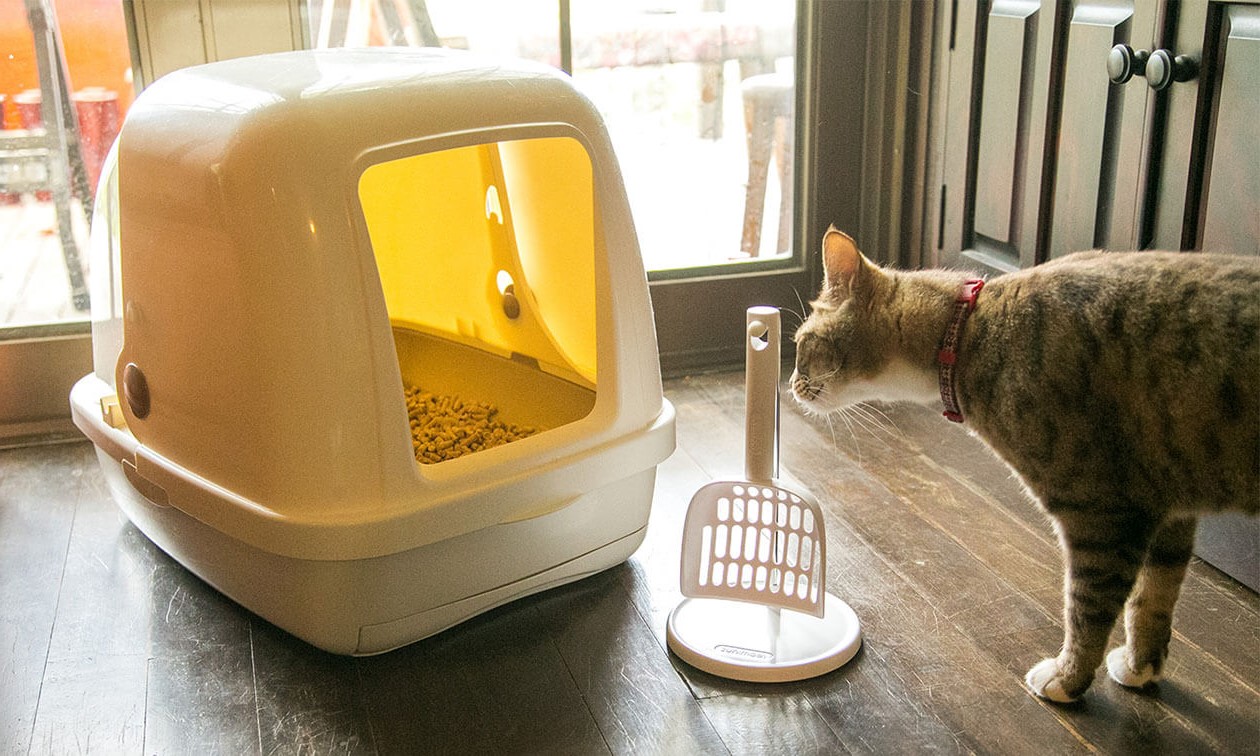

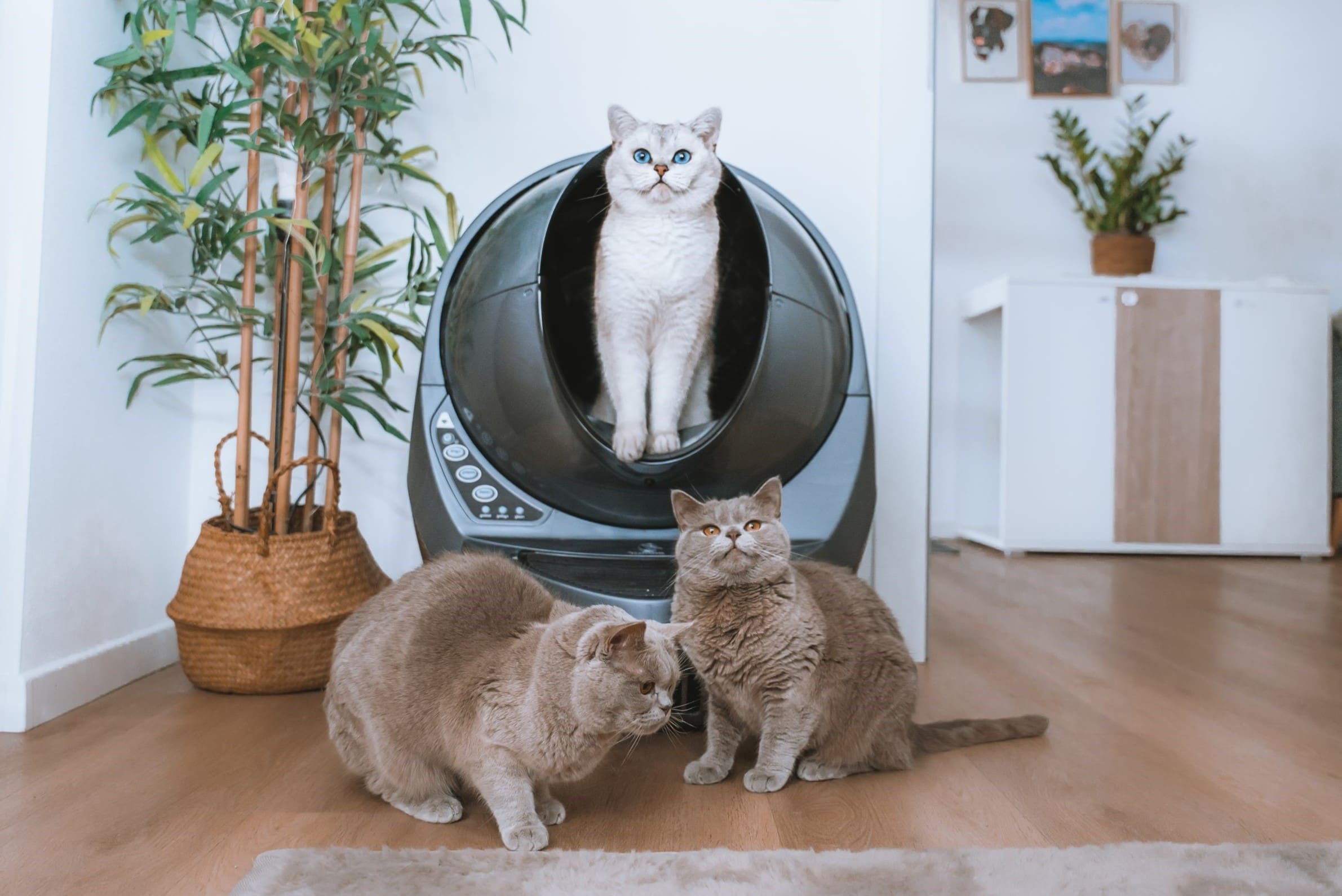
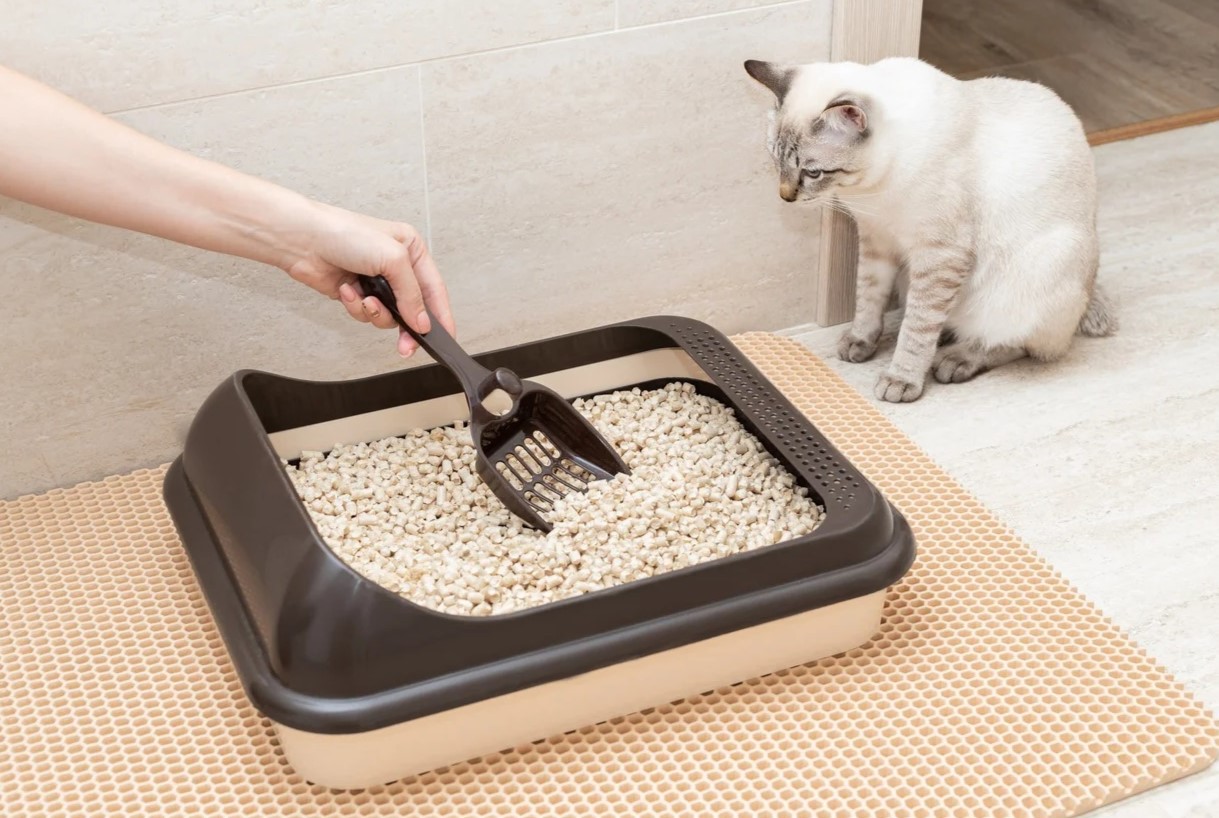
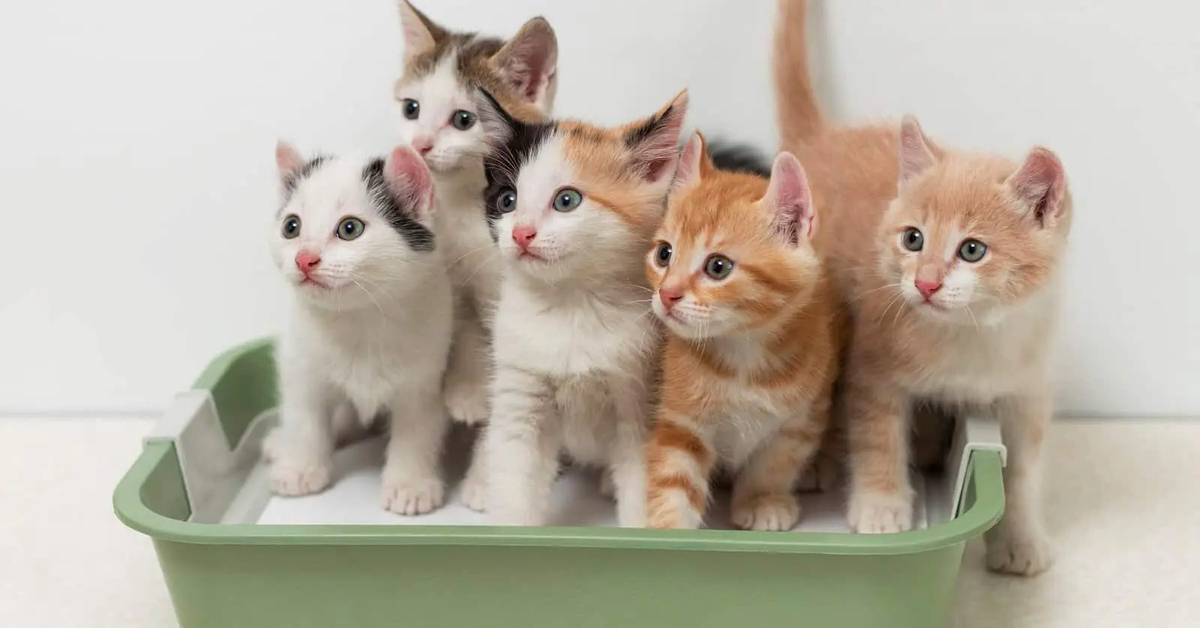

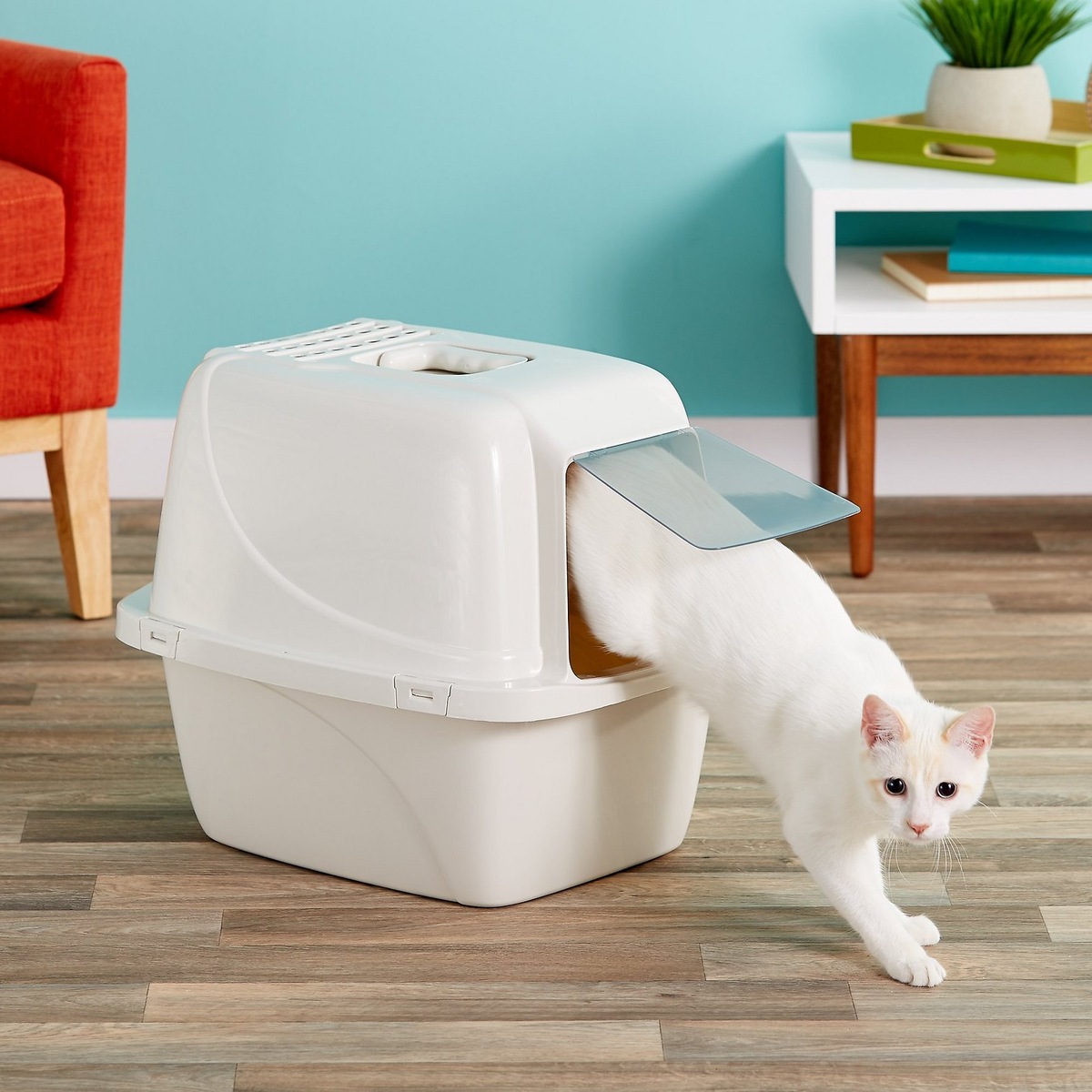
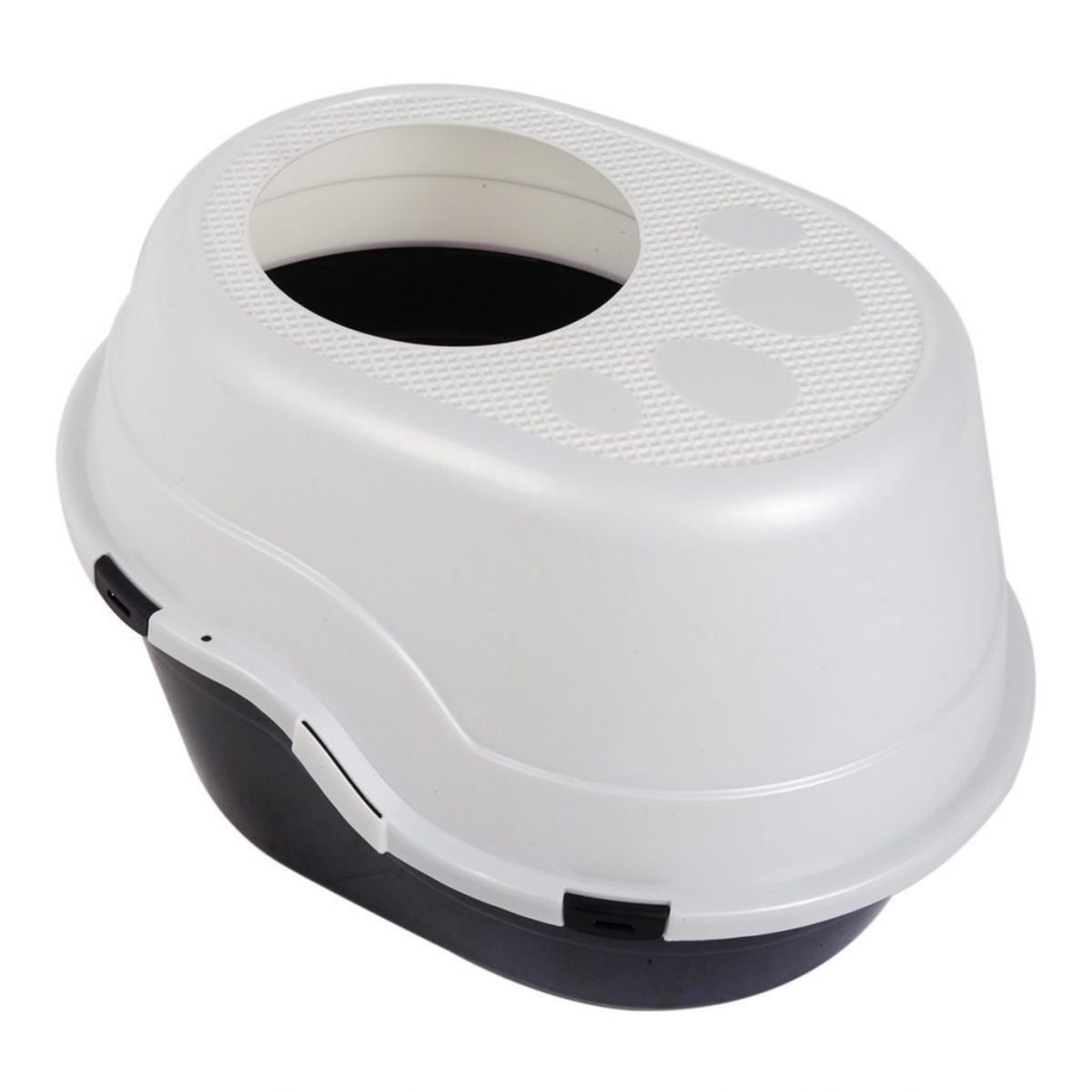

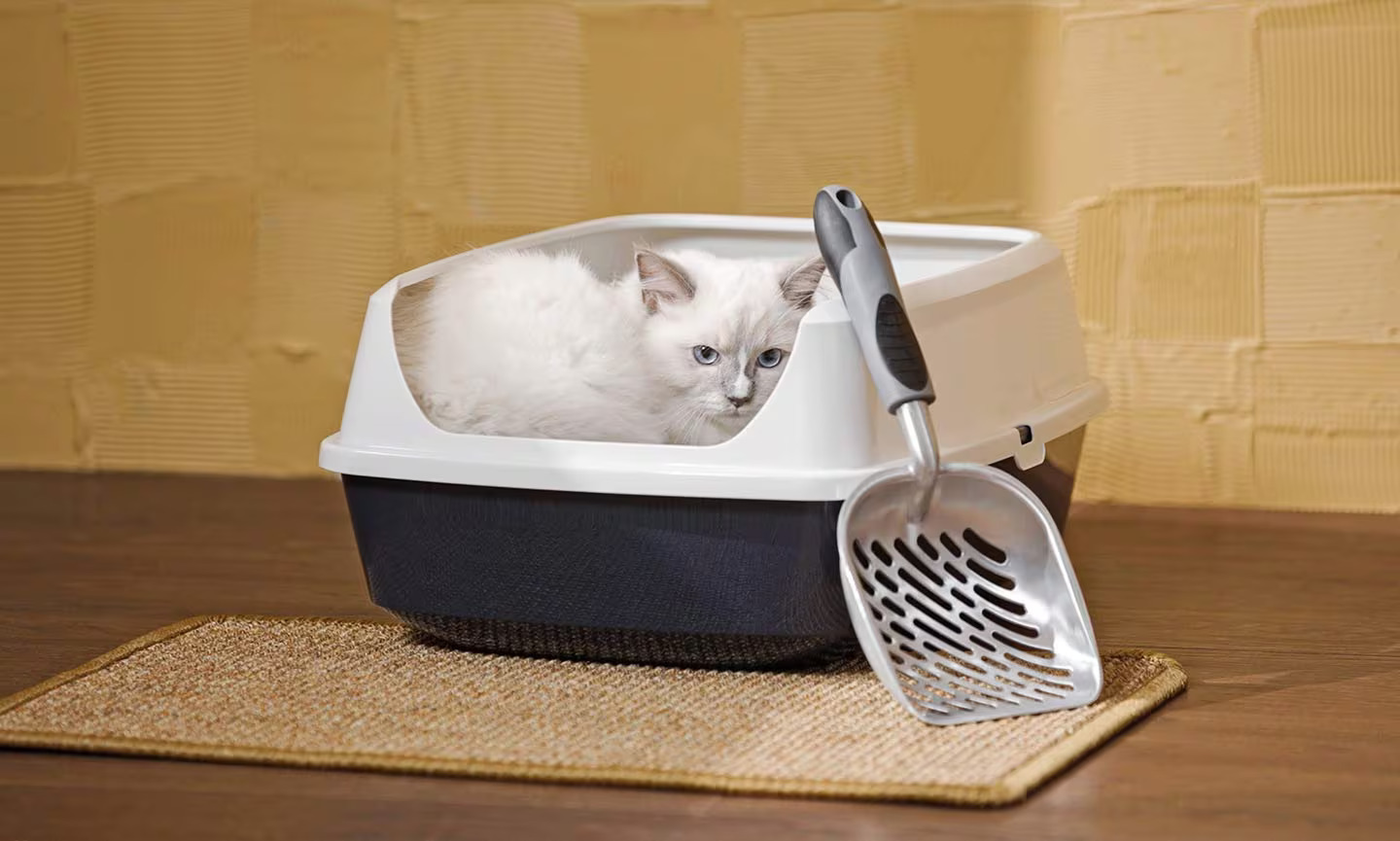
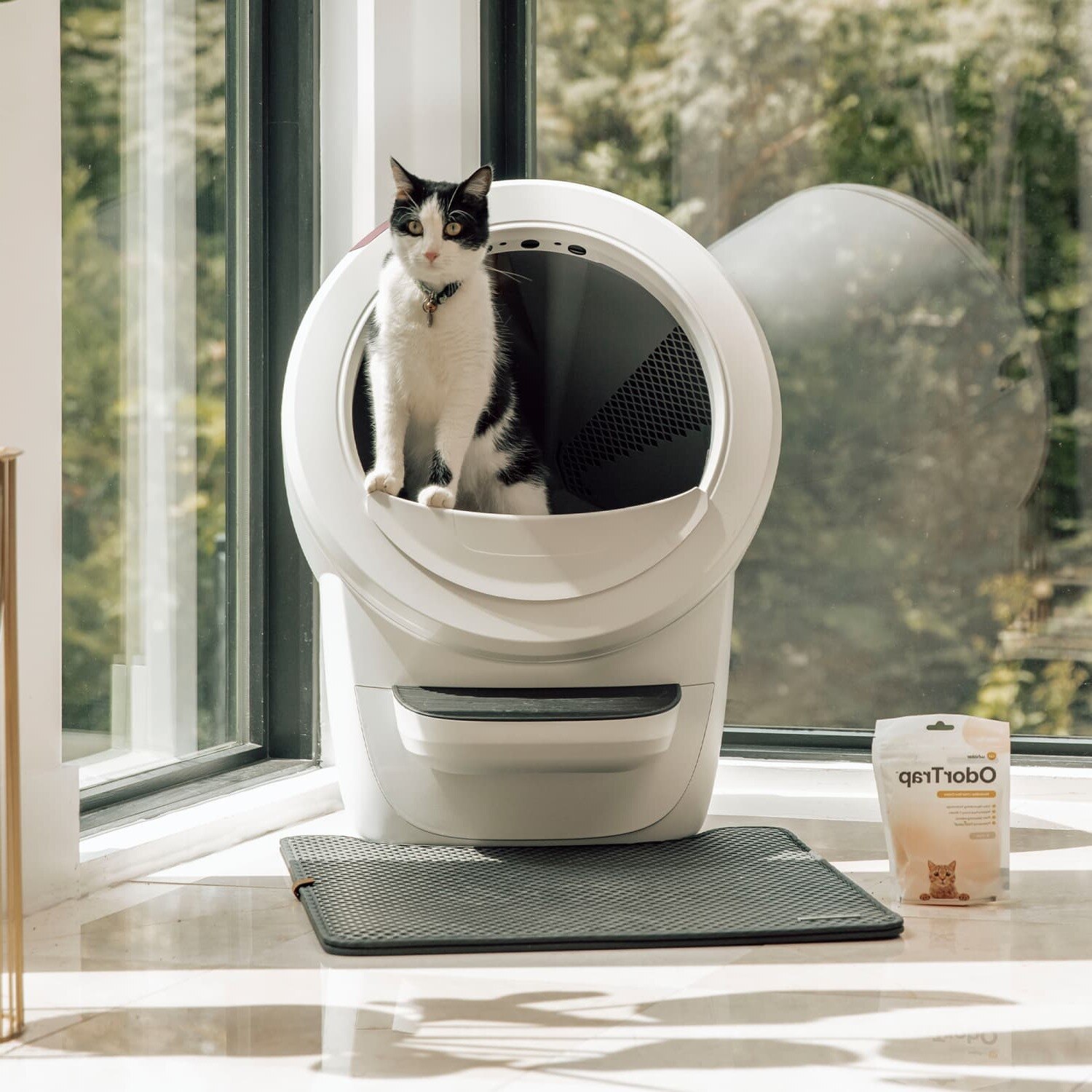
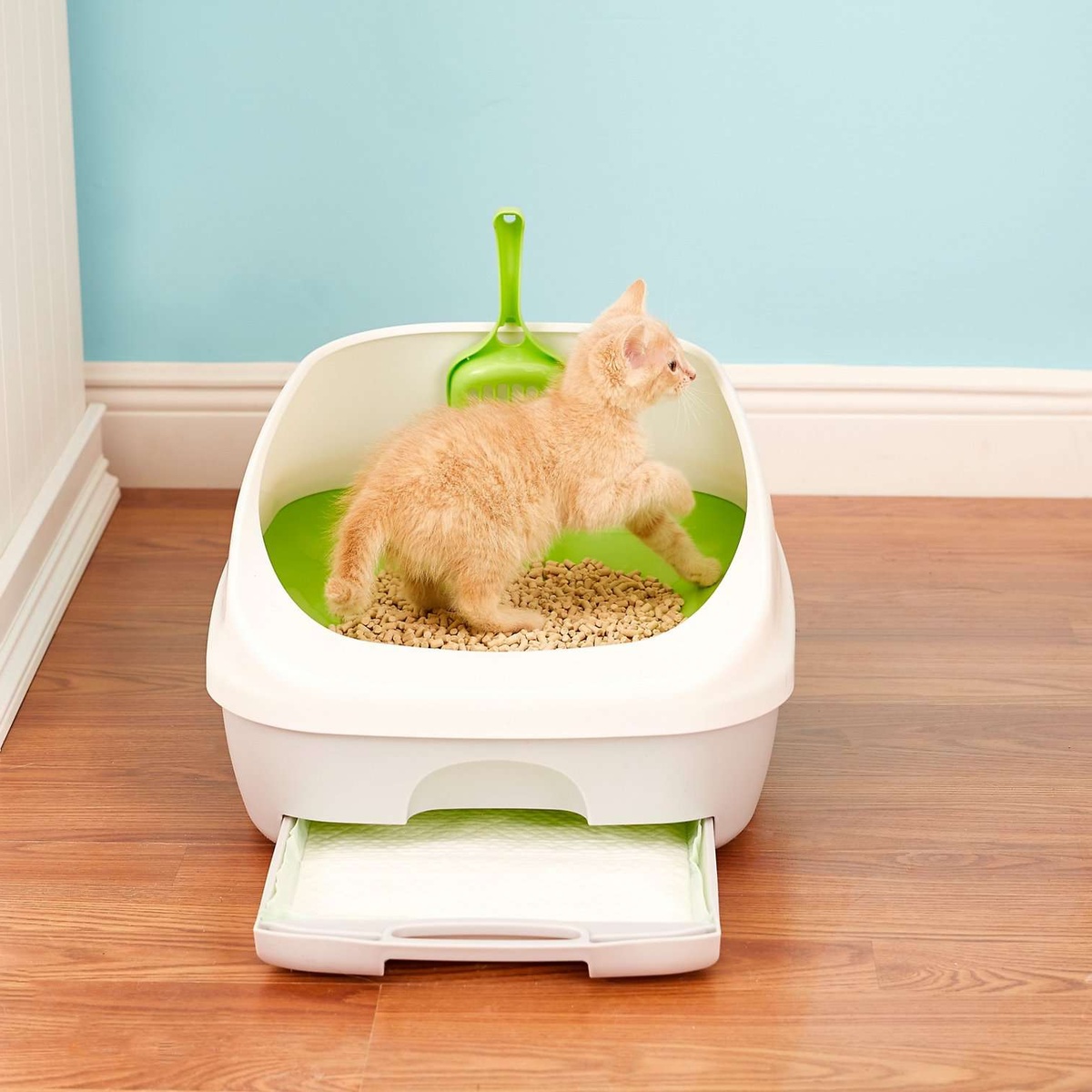
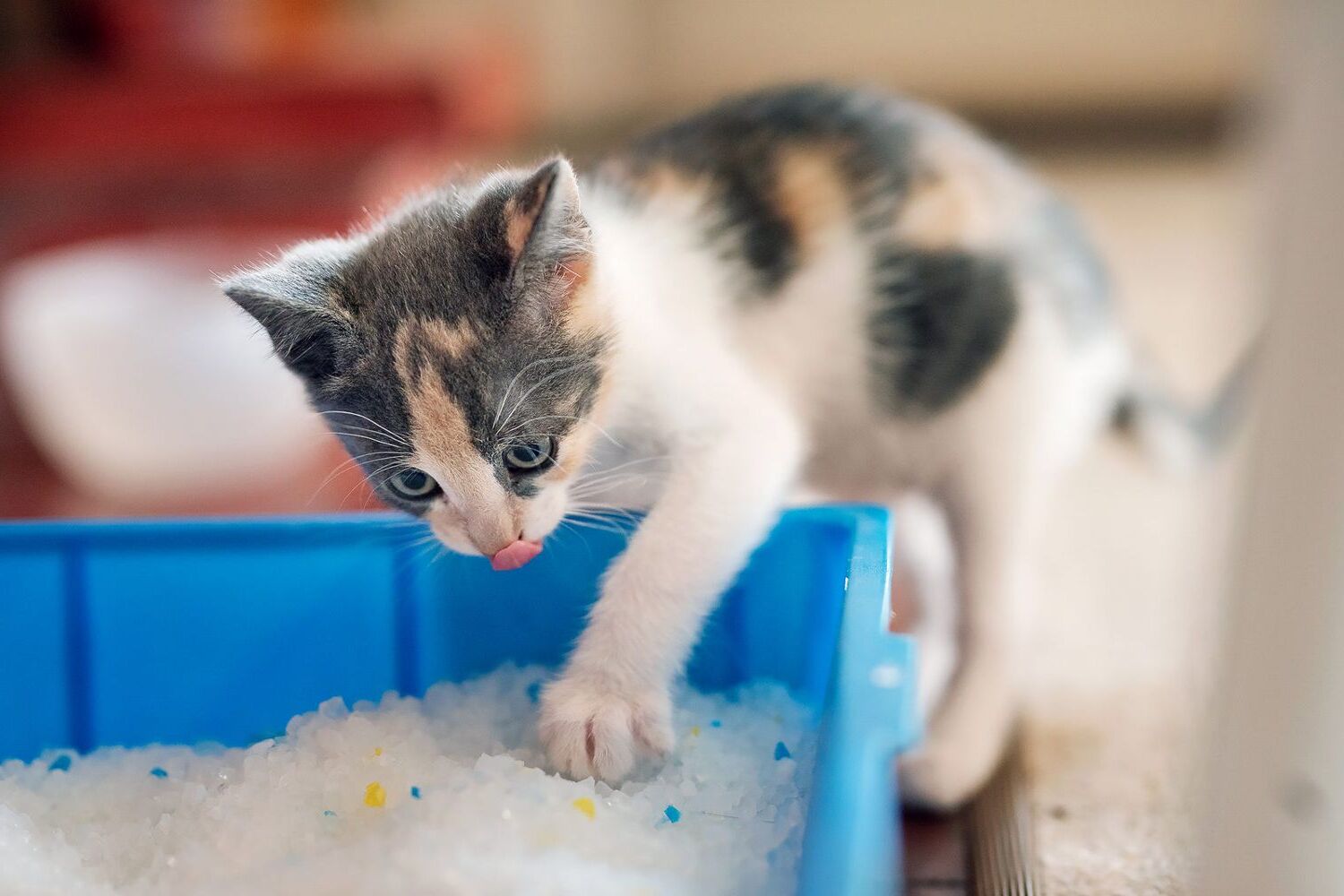
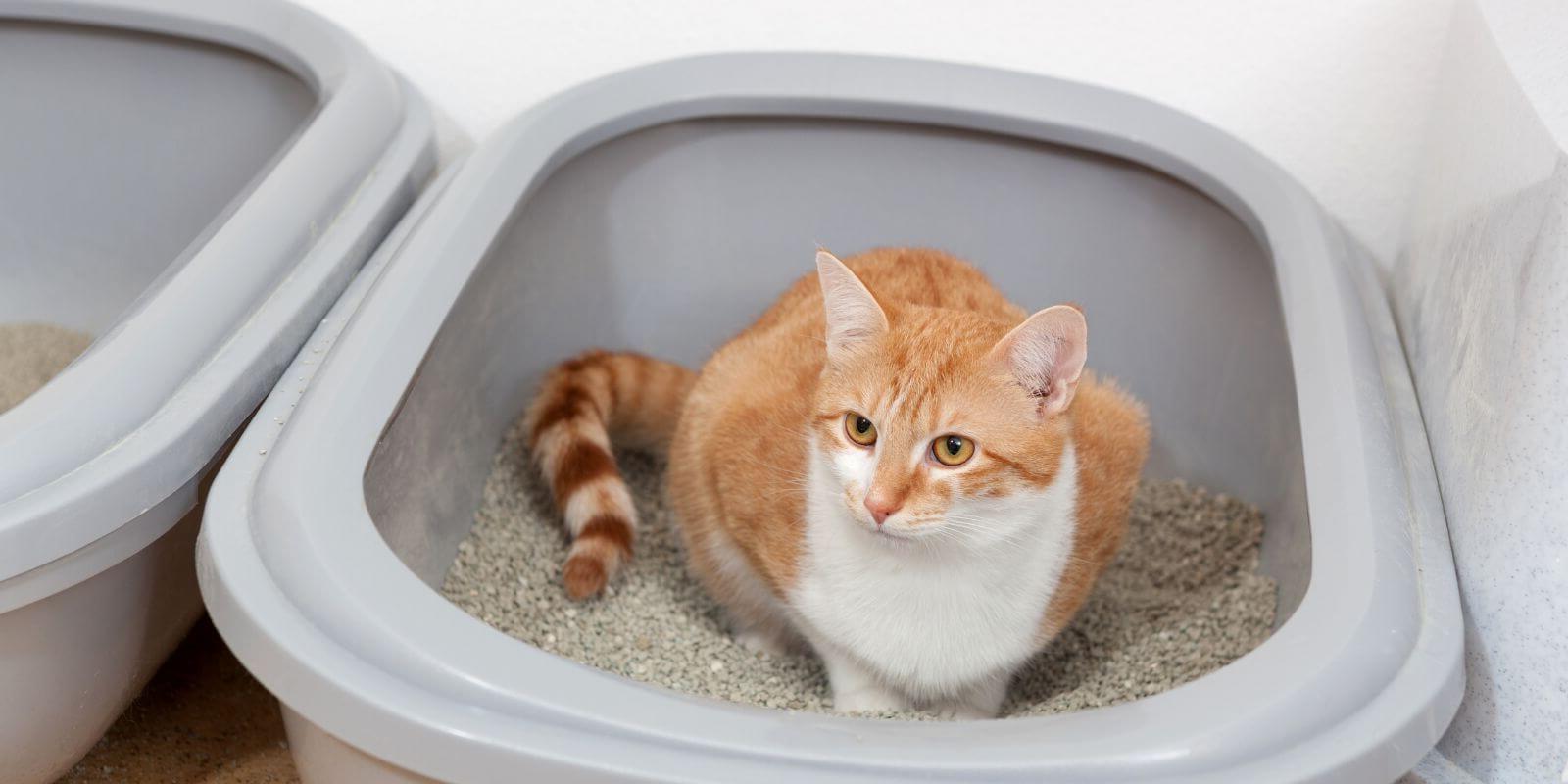

0 thoughts on “How Long Can A Cat Go Without A Litter Box?”